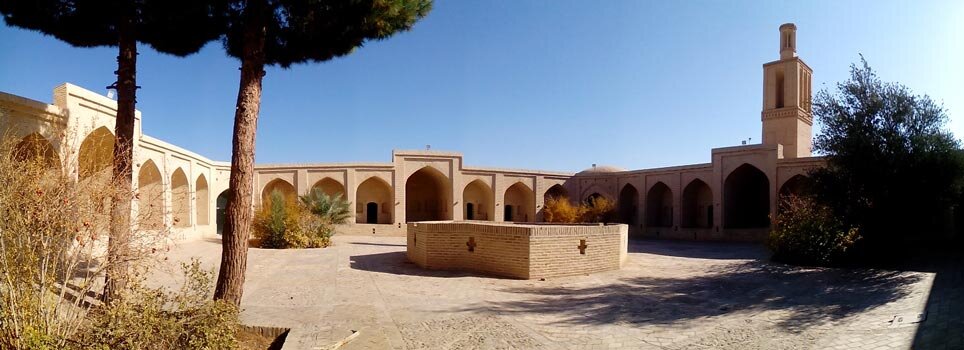Workshop set up to cater for overlooked crafts

TEHRAN - A handicrafts workshop has recently been set up in a vast historical caravanserai in Ardakan aimed to cater for arrays of the often overlooked crafts across the central Iranian city and its outskirts.
“The workshop has been established at the Qajar-era (1789-1925) Rashti Caravanserai to develop traditional arts, introduce and encourage people interested in handicrafts, and create a conducive working environment for entrepreneurs and youth,” Ardakan’s tourism chief said on Monday.
“Handicrafts fields should be updated to reflect the modern way of life and be connected to it,” Mahmud Adiban said.
Handicraft products can be economically viable and activists in this field will be more eager to help if they are taken away from the forms of decorative and museum-like art and seen in the light of modern society’s needs, the official explained.
Currently, the workshop offers two handicrafts fields of kilim-bafi and kar-bafi (a kind of traditional textile), he added.
Kar-bafi, which has recently been revived after years of being forgotten, is one of the oldest professions in the region, he noted. “Kar-bafi’s products are being used for the tents, women’s traditional clothes, sheets, spreads, and towels.”
Rashti Caravanserai, modeled after the Safavid-era Shah Abbasi caravanserais, has been inscribed on the national heritage list.
Iran’s earliest caravanserais were built during the Achaemenid era (550 -330 BC). Centuries later, when Shah Abbas I assumed power from 1588 – to 1629, he ordered the construction of network caravanserais across the country. Such roadside inns were originally built in various epochs along ancient caravan routes in the Muslim world to shelter people, their goods, and animals. The former Silk Roads may be the most famous example dotted by caravanserais.
The value of Iran’s handicrafts exports stood at $120 million during the first eleven months of the past Iranian calendar year 1399 (March 20, 2020 – February 18, 2021), Mehr reported. The country’s handicrafts exports slumped during the mentioned months in comparison to the same period last a year earlier due to the damage the coronavirus pandemic has inflicted on global trade.
The Islamic Republic exported $427 million worth of handicrafts during the first eleven months of the calendar year 1398. Of the figure, some $190 million was earned via suitcase trade (allowed for customs-free and tax-free transfer) through 20 provinces, according to data compiled by the Ministry of Cultural Heritage, Tourism and Handicrafts.
Ceramics, pottery vessels, handwoven cloths as well as personal ornamentations with precious and semi-precious gemstones are traditionally exported to Iraq, Afghanistan, Germany, the U.S., the UK, and other countries.
ABU/AFM
